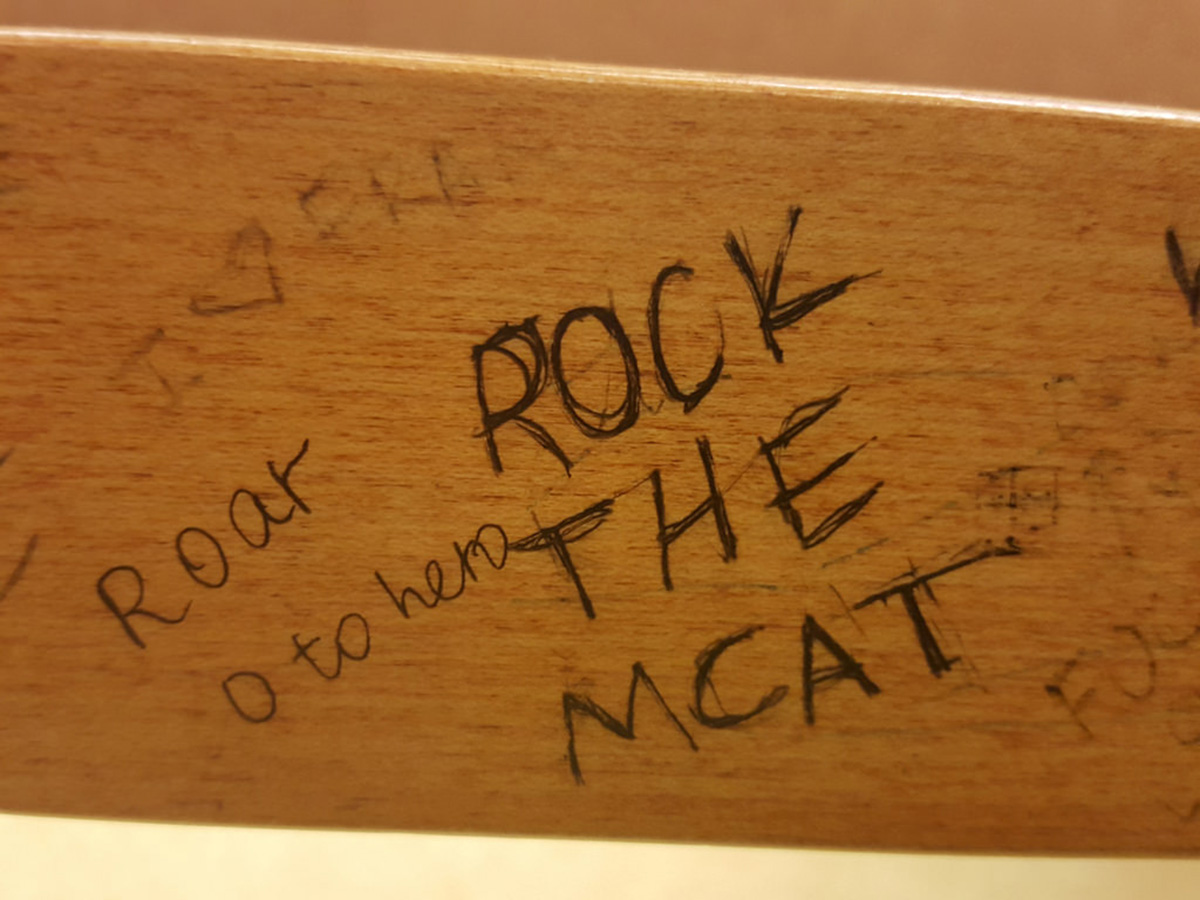Even if you are unable to get into a US Medical School, there are some options to consider if you are still determined to become a medical doctor. Some students may try to reinforce their resumes by seeking more volunteering opportunities or more clinical research. Some may even opt to retake the MCAT exam in order to increase their scores. Sometimes, these efforts will be sufficient if you are on the cusp of admissions into the US Medical school.
For those students who are much further away from such a decision, it is unrealistic to think that even a strong MCAT score on a retake can offset a poor GPA, a lack of extracurricular activities, or insufficient volunteering. For some, the US may be off the table if you are seeking a traditional M.D. degree.
A student can apply to various Doctor of Osteopathic (DO) programs throughout the US, attend medical schools in the Caribbean, or seek a location in a foreign country, perhaps in South America or Europe, to continue their studies.
In this article, I will present arguments in favor of picking alternative options like DO school or school in other international markets, and share my take on why you should not consider a Caribbean Medical School whatever you do.

Why a DO Degree Could be a Good Choice For You
If a US based M.D. degree is out of question, the best potential option for you to consider would be trying to enroll into a DO program in the United States. This is the "easiest route" to follow in order to get into a US hospital and achieve your ultimate gold of becoming a doctor in the United States. Most DO programs have requirements that are slightly below the MCAT scores and GPA averages that you would need in a US Medical School program.
DO programs are continuing to grow in popularity in the United States health care system, and as of 2015, 96,000 DO candidates could be found practicing medicine in the United States.
If you are unfamiliar with the differences between an MD and a DO degree, the differences depend mostly on philosophy in the treatment of a patient. An MD will traditionally look at one sickness and do his or her best to alleviate the symptoms, whereas a DO will view an ailment as an imbalance involving the entire body. A sore back could result in a simple prescription for NSAIDS from an MD doctor, whereas a DO may choose to do various manipulation exercises targeting the knees, shoulders, and back in order to relieve a patient's pain in the lower back.
Traditionally, there was a divide in the medical community that caused doctors with MD degrees to view their peers with DO qualifications as inferior doctors, because DO programs contained easier courses. Hospital residences would be divided to segregate MD from DO programs, but as more DOs make up the medical community, it is common to see a DO in charge of a hospital's Board of Directors. There have also been talks recently to dispose of the different residency programs and allow MD and DO residents to train together before they achieve their certifications.
Options if Studying Medicine in the United States Is Out of the Question Entirely
Options Overseas to Consider if You Want to Study Medicine
Another option for a student set on becoming a physician is consider other locations globally to get their medical degree. South America and Europe have some alternative options for North Americans to enroll in a 4-year Medical School and graduate as an IMG "VIP."
When I completed some electives in Miami, I had a chance to rotate with some IMG candidates from South America and the Caribbean. I was told that the students coming from countries in South America were able to rotate in the same programs that the MD students had access to from the UM School of Medicine.
Caribbean students were, meanwhile, limited to satellite hospitals that could even be mostly DO programs — making it very hard to impress a physician who could ultimately decide if you could get an interview to work in the hospital.
As an added bonus, if you were unable to successfully match back in the United States, a degree in Europe or South America allows a physician the option of staying in the country and practicing medicine, a luxury not possible in the Caribbean. Students are also taught with much more attention to physical examinations to determine diagnoses so they can do clinical electives in the US and really impress an attending during rounds.

Why to Avoid the Caribbean Medical Schools!
The most telling difference between the Caribbean region and any alternatives to obtaining a medical degree lies in the sheer volume of students that are able to enroll in the program per semester. If an average Medical School in the Caribbean is taking in over 600 students per trimester, that means that in 1 year of school, there could be 2,000 students. That might sound appealing if you are looking for a less competitive program, but there are clear drawbacks that will not reflect well in you in future.
This huge volume of students is outrageous and shows that, regardless of what these medical programs may claim, they are in it for the money. With some schools costing $200,000+ per year, it is no wonder that the Caribbean islands are so welcoming to the universities and are courting them to come to their islands. Medical schools are popping up all over the islands and many will close within a few years of opening their doors, so students risk losing a lot of money and having no degree to support their endeavors.
If a student does not successfully match, the options for students have evaporated and a career in Medicine is not possible in the United States. There will be a few students who can go to Europe or the Foundation's Program in the UK if they have the citizenship to fulfill the obligation but those unusual advantages will not apply to most people.
When I did rotations with IMGs from the Caribbean, another telling sign or red flag that shows you should question the choice to study in the Caribbean the poor clinical experience that you can expect on these islands.
Attending physicians and residents that I would rotate with asked me to help them with such basic tutorials and confided in me after rounding was over that the only reason students from the Caribbean medical schools were in the hospital was because of the large amount of money that they would bring into the hospital every year. When an attending physician is telling me that the only reason they tolerated a person was because of the money they brought in, I can't image that such experiences would possibly translate into having a strong letter of recommendation when they attempt to try to come back into the United States.
It is also unfortunate, but most of these Caribbean medical students are taken advantage of no matter where they turn. The schools charge a large tuition fee and may cause a huge medical school debt. When students come to do their electives in the United States, they are forced to sign short term leases for apartments around rural hospitals, which can be quite costly.
One student told me that he was able to find a room in a house next to the hospital and was forced to pay $600 per month. To give you an idea of the real estate market in that area of Miami, $600 would be a steep price for a full-sized duplex. When you add up this expense for another 24 months as students live out of their suitcases to get these positions, students can already be over $1 million in debt before even beginning their Residency. The chances of matching as an IMG are already much lower than if you were to study Medicine in the United States, so why add more fuel to the fire and potentially come back to the United States with no prospects and a large debt hanging over your head?
- Photo courtesy of www.ilmicrofono.it: www.flickr.com/photos/115089924@N02/16070083419/
- Photo courtesy of quinnanya: www.flickr.com/photos/quinnanya/25415605590/
- Photo courtesy of quinnanya: www.flickr.com/photos/quinnanya/25415605590/


Your thoughts on this